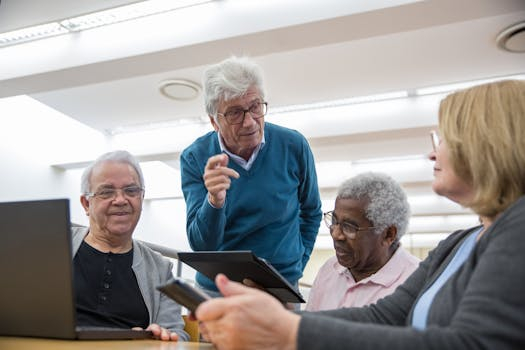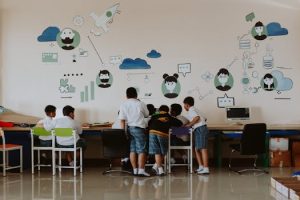Culturally Responsive Digital Learning
Culturally Responsive Digital Learning is an approach to education that recognizes and embraces the diversity of students’ backgrounds, cultures, and experiences. It acknowledges that students learn differently and have various learning needs, which may vary based on their cultural backgrounds. This approach emphasizes the importance of creating an inclusive and equitable learning environment for all students, regardless of their cultural identities.
What is Culturally Responsive Digital Learning?
Culturally Responsive Digital Learning is the integration of technology into culturally responsive teaching practices. It aims to use technology as a tool to promote cultural understanding and sensitivity among students. It involves the use of technology to support students’ diverse cultural backgrounds and identities and engages them in learning experiences that are relevant and meaningful.
The Importance of Culturally Responsive Digital Learning
In today’s digital world, technology plays a crucial role in education, and it has become an essential tool for teachers and students. However, without a culturally responsive approach, technology can perpetuate cultural bias and inequity in the classroom. Therefore, it is crucial to incorporate cultural responsiveness into the use of technology in education.
Another critical factor that highlights the importance of culturally responsive digital learning is the increasing diversity in classrooms. Students come from various cultural and linguistic backgrounds, and their diverse needs must be addressed for them to succeed academically. By incorporating culturally responsive practices into digital learning, teachers can ensure that all students feel seen, heard, and valued in the classroom, promoting a sense of belonging and academic success.
Strategies for Implementing Culturally Responsive Digital Learning
1. Incorporate Diverse Perspectives
One way to promote culturally responsive digital learning is by incorporating diverse perspectives into the curriculum. This can include using multimedia resources, such as videos and podcasts, from different cultural backgrounds to provide students with a broader view of the world. It can also involve using technology to connect with educators and students from other cultures, allowing students to learn from and with people from diverse backgrounds.
2. Engage Students in Interactive Learning
Technology offers various interactive tools and platforms that can be used to engage students in learning. Incorporating culturally responsive activities, such as digital storytelling or virtual field trips, can promote cultural understanding and appreciation among students. These types of activities allow students to express their own cultural identities while learning about others, fostering a more inclusive and respectful learning environment.
3. Personalize Learning Experiences
Technology enables teachers to personalize learning experiences for students based on their cultural backgrounds and learning needs. Utilizing personalized learning tools, such as adaptive learning software or learning management systems, can help teachers create individualized learning plans that incorporate students’ cultural identities and promote inclusivity and equity.
In Conclusion
Culturally Responsive Digital Learning is a powerful approach that can transform traditional education and promote equity and inclusivity in the classroom. By incorporating diverse perspectives, engaging in interactive learning, and personalizing learning experiences, teachers can use technology as a tool to promote cultural understanding and sensitivity among students. It is crucial for educators to recognize and embrace the diverse cultures in their classrooms, and incorporating culturally responsive practices into digital learning is a crucial step towards creating an inclusive and equitable learning environment for all students.








